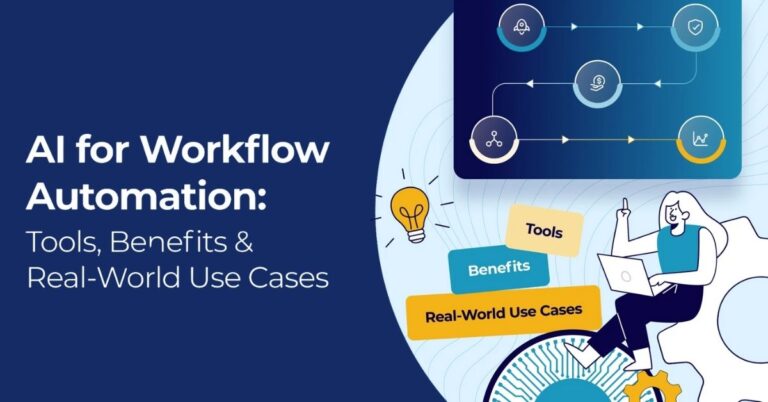The Importance of Integration and Automation in Financial Services
The Importance of Integration and Automation in Financial Services
In today’s fast-paced digital age, the financial services industry is undergoing a significant transformation. The rapid advancement of technology has led to a shift in customer expectations and demands. To keep up with these changes and remain competitive, financial institutions must embrace digital transformation. One crucial aspect of this transformation is the integration and automation of processes.
Enhanced Efficiency and Productivity
Integration and automation play a vital role in enhancing the efficiency and productivity of financial services. By integrating various systems and processes, financial institutions can streamline their operations, eliminate manual tasks, and reduce the risk of errors. Automation allows for the seamless flow of data between different departments, enabling faster and more accurate decision-making.
For example, integrating customer relationship management (CRM) systems with accounting and billing software can automate the invoicing process, eliminating the need for manual data entry. This not only saves time but also reduces the risk of errors and ensures timely and accurate billing.
Improved Customer Experience
Integration and automation also contribute to an improved customer experience. In today’s digital world, customers expect convenience, speed, and personalized services. By integrating various channels and systems, financial institutions can provide a seamless and consistent experience across different touchpoints.
For instance, integrating online banking platforms with mobile apps and customer support systems allows customers to access their accounts, make transactions, and get assistance easily. Automation can also enable personalized recommendations and offers based on customer data, enhancing the overall customer experience.
Enhanced Risk Management
Integration and automation are crucial for effective risk management in the financial services industry. By integrating different risk management systems and automating compliance processes, financial institutions can identify and mitigate risks more efficiently.
For example, integrating anti-money laundering (AML) software with transaction monitoring systems can help detect suspicious activities and potential fraud. Automation can then trigger alerts and generate reports, enabling timely action to prevent financial losses and reputational damage.
Cost Savings
Integration and automation can also lead to significant cost savings for financial institutions. By eliminating manual processes and reducing the need for paper-based documentation, organizations can reduce operational costs and improve resource allocation.
For instance, automating loan origination processes can significantly reduce the time and effort required for loan approvals. This not only improves operational efficiency but also reduces the cost per loan and allows financial institutions to serve more customers with the same resources.
Conclusion
In conclusion, digital transformation in the financial services industry requires integration and automation. These two components are essential for enhancing efficiency, improving the customer experience, managing risks, and achieving cost savings. Financial institutions that embrace integration and automation will be better equipped to meet the evolving needs and expectations of their customers in today’s digital age.
